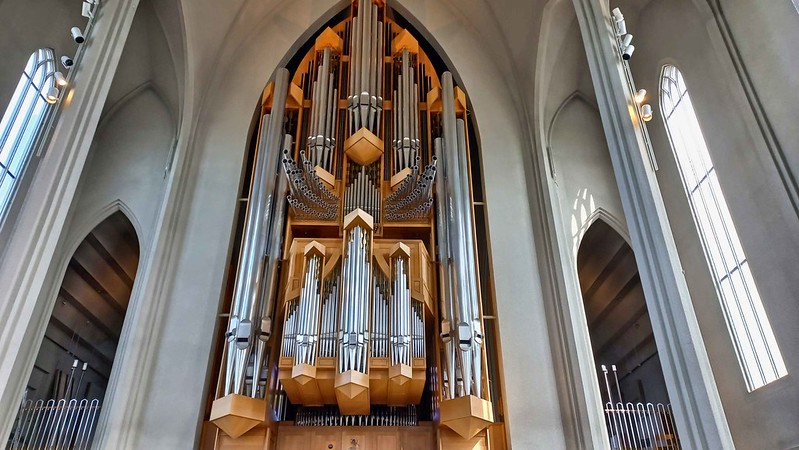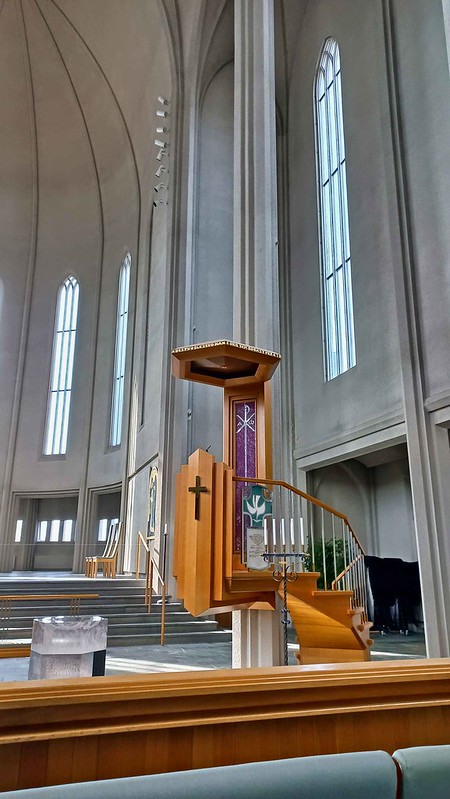Have you ever seen a church that looks like Iceland’s volcanic landscape turned into architecture? Hallgrímskirkja, Reykjavik’s most famous landmark, is exactly that. Towering over the city at 74.5 meters (244 feet), this Lutheran parish church is not only a spiritual sanctuary but also one of Iceland’s most visited attractions.
History and Architecture
Hallgrímskirkja was designed by Icelandic architect Guðjón Samúelsson in 1937. Construction began in 1945 but wasn’t completed until 1986 due to delays and funding issues. The result is a church that beautifully blends modernist and expressionist styles, evolving over decades of design.
Its striking stepped concrete facade was inspired by Iceland’s basalt lava columns, symbolizing the country’s dramatic natural landscape. The towering spire makes Hallgrímskirkja the tallest church in Iceland and a defining feature of Reykjavik’s skyline.
Inside Hallgrímskirkja
Unlike its bold exterior, the interior of Hallgrímskirkja is minimalist and serene, reflecting Lutheran traditions. The nave is open and bright, creating a sense of calm and space.
A highlight is the grand organ, built by the renowned German organ maker Johannes Klais. With over 5,000 pipes, the instrument not only looks impressive but also fills the church with powerful, resonant sound, making it a favorite venue for concerts and musical performances.
Observation Deck: The Best View in Reykjavik
One of the biggest attractions at Hallgrímskirkja is its observation deck. Visitors can take an elevator up the spire for panoramic views of Reykjavik, the surrounding mountains, and the North Atlantic Ocean. The sight of Reykjavik’s colorful houses against the natural backdrop is one of the most iconic images of the city.
Why Visit Hallgrímskirkja?
Hallgrímskirkja is more than just a church, it’s:
- The best viewpoint in Reykjavik.
- A cultural hub for music lovers, thanks to its famous organ concerts.
- An architectural tribute to Iceland’s volcanic landscapes.
- A symbol of national identity and spiritual devotion.
FAQs About Hallgrímskirkja
Can you go inside Hallgrímskirkja?
Yes, the church is open to visitors daily. You can also buy a ticket to access the tower for panoramic views.
How tall is Hallgrímskirkja?
It stands 74.5 meters (244 feet) tall, making it the tallest church in Iceland.
What is Hallgrímskirkja made of?
It’s built from concrete, designed to resemble Iceland’s basalt lava columns.
Why is Hallgrímskirkja famous?
It’s Reykjavik’s most iconic landmark, offering amazing views, unique architecture, and a world-class organ.





